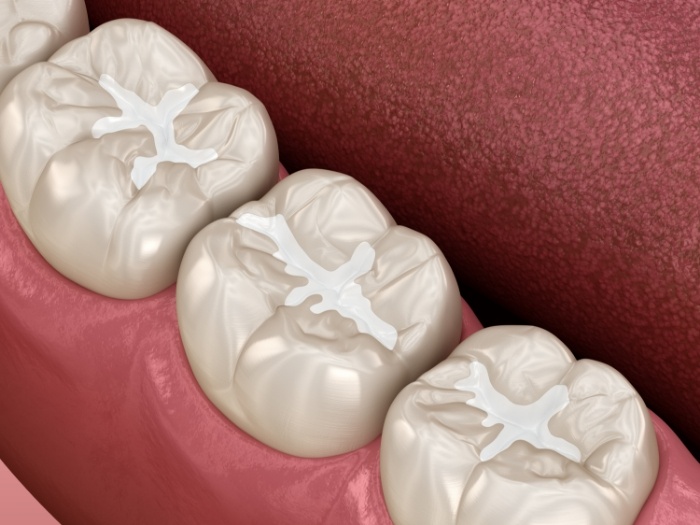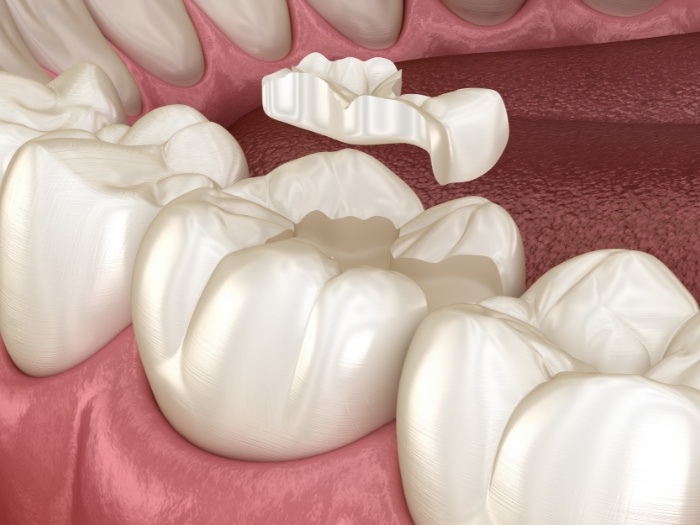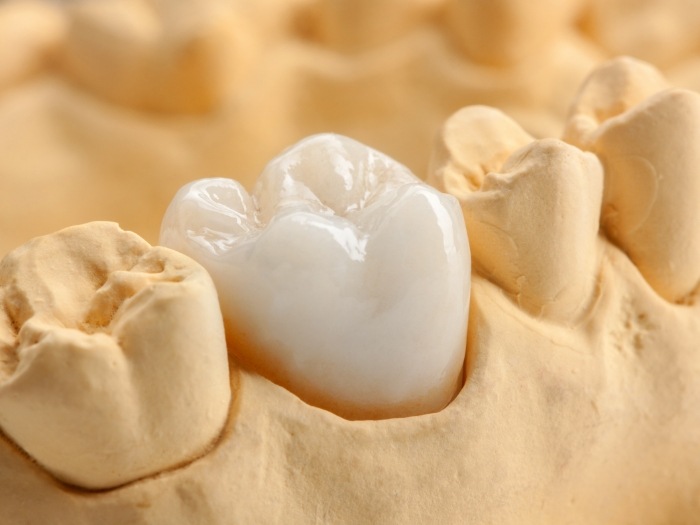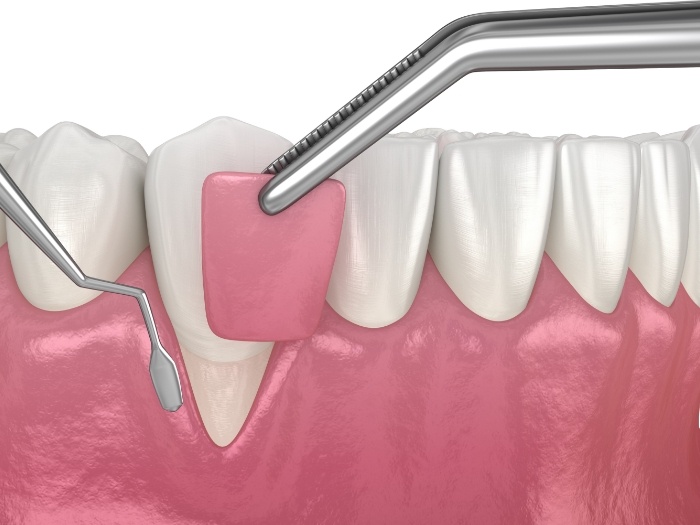Restorative Dentistry Wethersfield
Restore, Repair, & Invigorate Your Smile

Teeth are incredibly durable and capable of withstanding daily exposure to your favorite foods and beverages with relative ease. However, they require daily maintenance so they don’t develop tooth decay. Furthermore, your gums need protection as they can become infected, making it impossible to keep teeth in place. In the event that decay or a serious injury leaves your teeth damaged, chipped, cracked, or otherwise affected in any way, Dr. Brendan Dolan and Dr. Riley Gionfriddo are more than prepared to provide you with restorative dentistry in Wethersfield in the form of personalized crowns, bridges, dentures, and more at Dolan Dental Group!
Why Choose Dolan Dental Group for Restorative Dentistry?
- Lifelike Dental Crowns
- Inlays and Onlays Available
- State-of-the-Art Digital Impressions
Tooth-Colored Fillings

Has a tooth broken down as a result of long-term tooth decay? Do you have an old filling that’s causing more problems than it’s solving? While dental fillings of the past may have protected teeth for many years, tooth-colored versions help you continue that protection without dealing with the compromises of a metal restoration. For example, our fillings blend in with your existing tooth enamel, so you can smile without worrying about them standing out.
Amalgam (metal) fillings were once a common staple of traditional dentistry when it came to treating cavities, but today, there’s a much better solution: tooth-colored fillings. Tooth-colored fillings are made of composite resin, which can be shaded to match your smile’s natural color. Better yet, the material is much more conservative and flexible, which means we can preserve more of your tooth’s remaining healthy structure and strengthen it more effectively. Patients are also less likely to experience painful sensitivity to temperature once the new filling is in place, considering its lack of metal.
Inlays & Onlays

After decay has been removed, sometimes the overall shape of your tooth may be broken down but not necessarily need a full-blown crown to cover it. That’s where inlays and onlays come in. Inlays and onlays are custom-made restorations that fall somewhere between a traditional filling and a custom-made dental crown. Commonly referred to as “partial crowns,” Dr. Brendan Dolan and Dr. Riley Gionfriddo are likely to recommend them when moderate dental decay and/or injury are present on a tooth.
Inlays are placed directly inside of the tooth and used when a filling is not enough to restore it. Onlays are for covering the cusps of teeth. The difference is inlays sit in between the cusps while onlays sit on top of them and in some cases replace the need for a full crown.
Dental Crowns

Considered to be one of the most versatile restorative options in dentistry, dental crowns are ideal for covering teeth damaged by decay or physical injury. They not only restore their functional abilities but also their appearance, especially when you choose ceramic/porcelain crowns. Crowns can even be used to make bridges to replace teeth. With regular maintenance, your dental crown should last at least 10 years without breaking down; our office will explain the best way to care for it after it’s placed.
Soft Tissue Grafting

If you have gum disease, especially in the advanced stages, your gum tissue will begin to recede and expose more of the vulnerable areas of your teeth. When this tissue becomes too damaged, it may need to be removed, leaving your teeth exposed. With soft tissue grafting, we take tissue from other parts of your mouth (typically from the hard or soft palate) and place it onto areas where gum tissue has receded. After enough time, the tissue will have healed in its new position, effectively restoring your smile and protecting your teeth.
